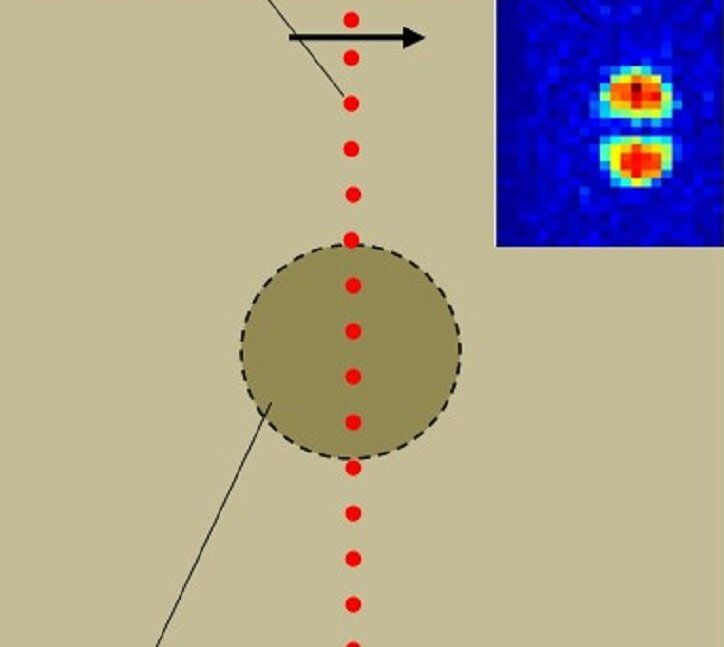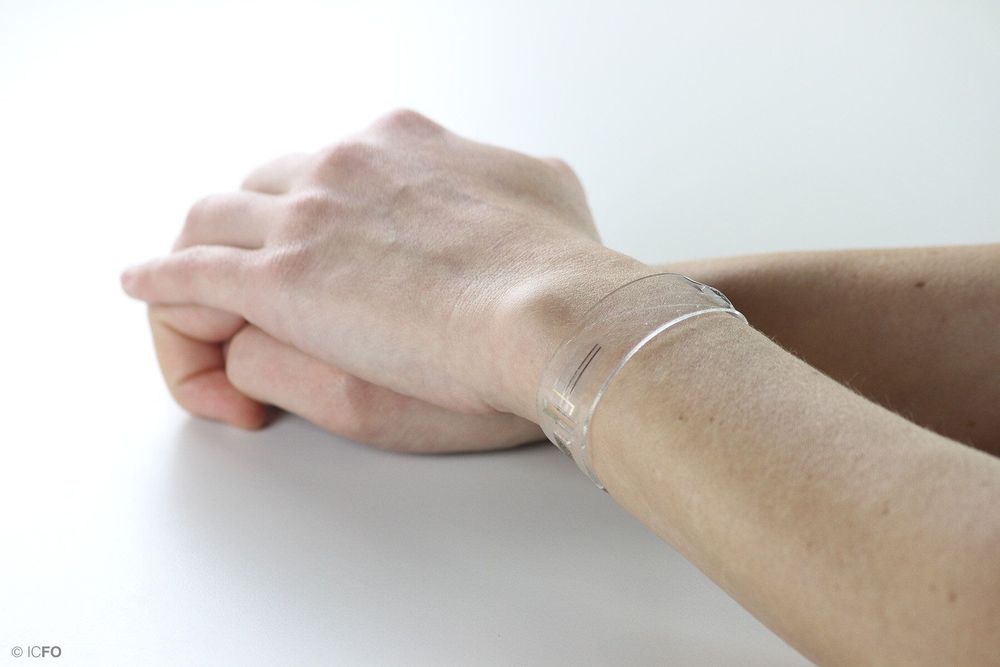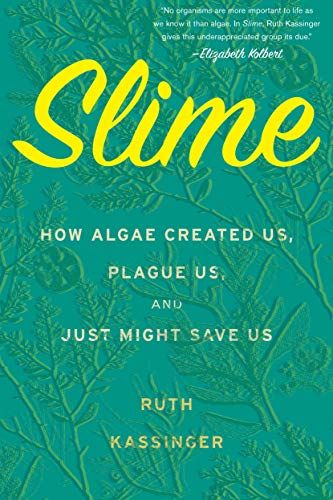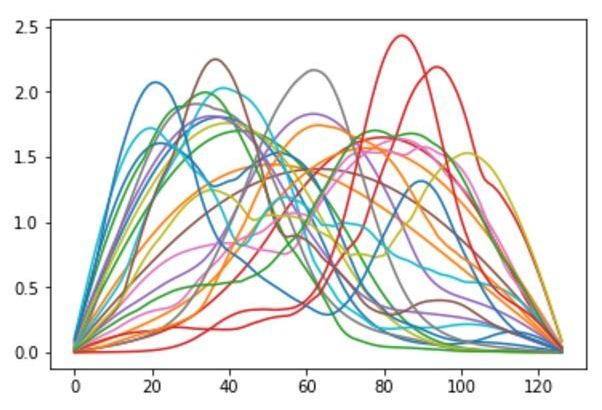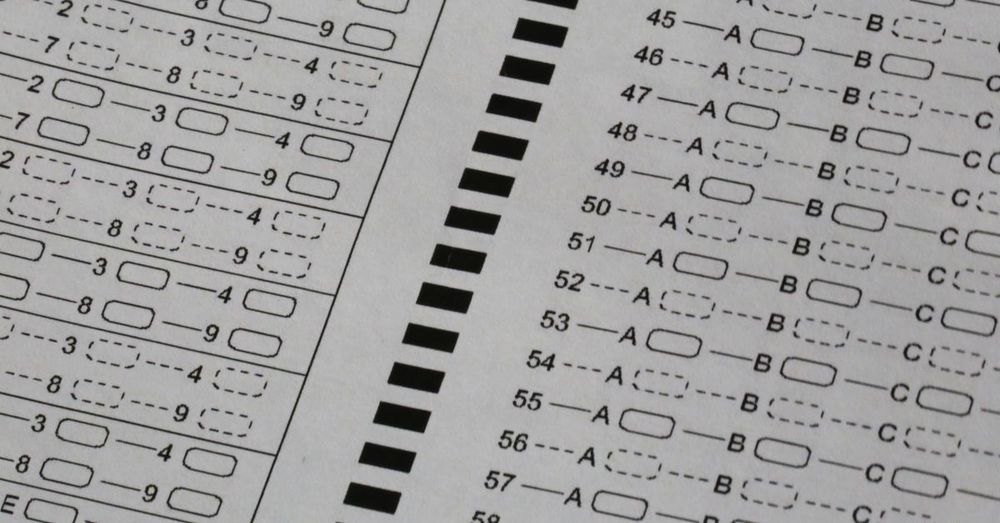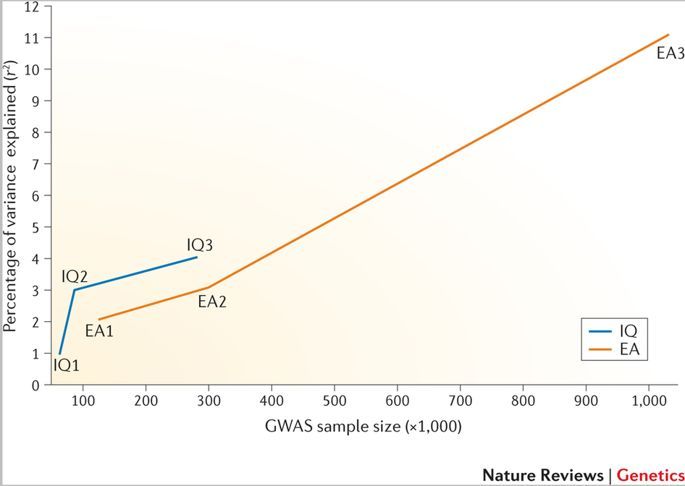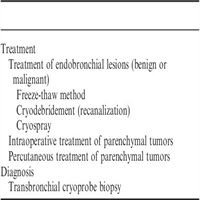Detecting landmines can be a challenging and slow process. Detecting them from a moving vehicle would make the process more speedy, but at the expense of accuracy.
At the Optical Society’s (OSA) Laser Congress, held 29 September—3 October 2019 in Vienna, Austria, researchers from the University of Mississippi, U.S.A., will report a new laser-based sensor that effectively detects buried objects even while the detector is in motion. This new device offers a significant improvement over existing technologies, which cannot be operated on the go and lose accuracy in the presence of external sources of sound or vibration.
Laser Doppler vibrometers (LDVs) combined with vibration excited in the ground have shown promise for detecting landmines and other buried objects, but their sensitivity to environmental vibrations mean they must be operated from a special stable platform. The device, called a Laser Multi Beam Differential Interferometric Sensor (LAMBDIS), provides comparable detection capabilities but is far less sensitive to motion, allowing it to be used aboard a moving vehicle.
